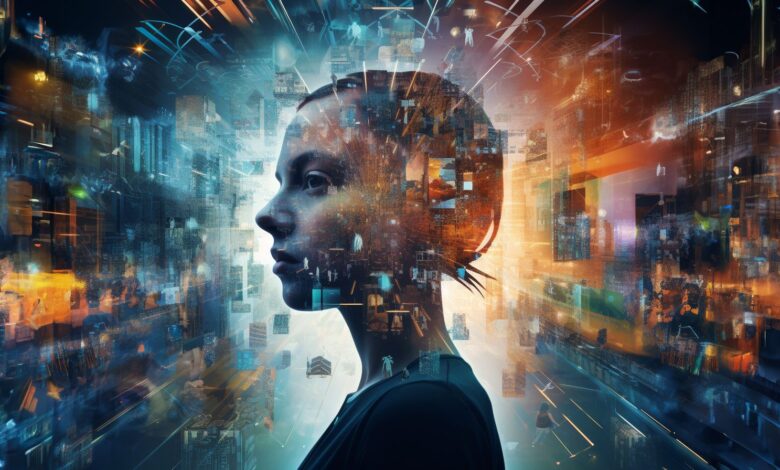A recent study discovered that AI image-generators are being trained using concerning material related to child abuse and other inappropriate content.

Recent findings in anti-abuse research have challenged prior assumptions regarding the influence of deep internet child abuse materials on AI image generators. Instead, investigations reveal that the datasets employed to train these generators contain significant amounts of such content.
A recent inquiry has exposed a concerning issue within widely utilized AI image-generators: the inclusion of numerous images portraying child sexual abuse.
This unsettling discovery stems from a comprehensive report released by the Stanford Internet Observatory. The report calls upon companies to confront and resolve this alarming problem embedded within their technology.
Revealed within the report is the unsettling revelation that these AI systems, containing images of child exploitation, not only produce explicit content featuring simulated children but also have the capability to manipulate images of clothed teenagers into inappropriate representations.

Until recently, researchers fighting against abuse assumed that AI tools creating harmful images blended adult pornography with innocent pictures of children sourced from various corners of the internet. However, a startling revelation by the Stanford Internet Observatory has uncovered more than 3,200 suspected child sexual abuse images within the LAION AI database itself.
LAION, an extensive repository of online images and captions, serves as the training ground for influential AI image-generation models like Stable Diffusion.
Following the report, LAION has taken swift action by temporarily removing its datasets. The organization underscores a strict stance against illegal content and clarifies that this removal is a precautionary step to safeguard the datasets’ integrity before their eventual re-release.
Although the problematic images found within LAION’s extensive 5.8 billion-image database are a small fraction, the Stanford group contends that they significantly impact the AI tools’ capacity to produce harmful outputs.
Moreover, the report highlights that the existence of these images perpetuates the past abuse of actual victims who might reappear multiple times in these datasets.
The report underscores the difficulties in addressing this issue, attributing it to the hurried development and widespread availability of numerous generative AI projects, driven by fierce competition in the field.
Calling for greater vigilance, the Stanford Internet Observatory stresses the necessity of preventing inadvertent inclusion of illegal content in AI training datasets.
Acknowledging the problem, Stability AI, a prominent user of LAION, asserts proactive steps to minimize misuse risks. However, an older version of Stable Diffusion, recognized as the most popular model for generating explicit imagery, remains in use.
The Stanford report advocates for drastic measures, including removing training sets sourced from LAION and retiring older versions of AI models linked to explicit content. It also urges platforms like CivitAI and Hugging Face to enhance safeguards and reporting mechanisms, preventing the generation and dissemination of abusive images.
In response to these findings, technology companies and child safety groups are encouraged to adopt strategies similar to those employed to track and remove abusive materials in videos and images. The report proposes assigning unique digital signatures or “hashes” to AI models for tracking and eliminating instances of misuse.
While the prevalence of AI-generated images among abusers is currently low, the Stanford report stresses the importance for developers to ensure their datasets are devoid of abusive materials. Ongoing efforts to curb harmful uses as AI models circulate are imperative, as emphasized in the report.




